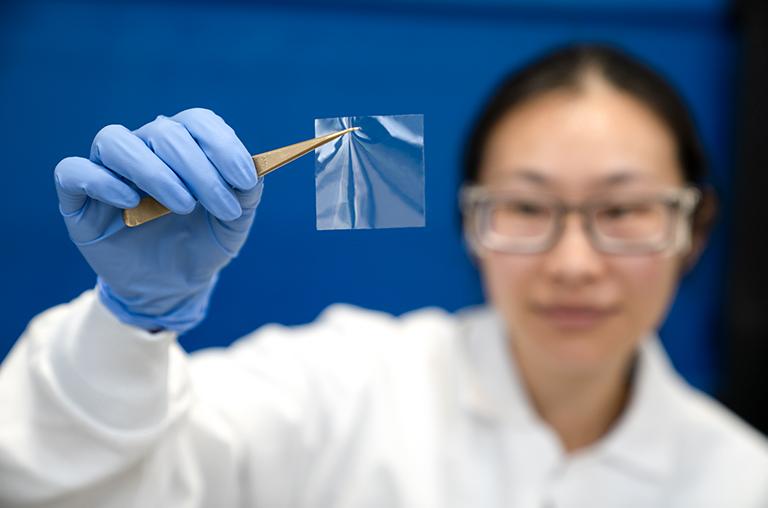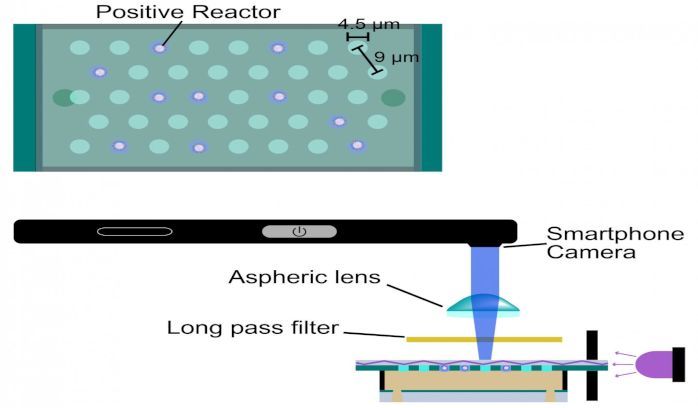Trillion operations per second.
Apple today announced the second generation iPhone SE, a powerful new iPhone featuring a 4.7-inch Retina HD display.

Support Disclose Screen with a small donation of $1 or £1 a month to help secure the future of the channel.
Patreon- https://www.patreon.com/user?u=21326127
Paypal- https://www.paypal.me/DiscloseScreen
Like/follow the Disclose Screen face book page, A fun growing community, Post your sightings/Photos/Memes in the community section and keep up to date with behind the scene updates. https://www.facebook.com/Disclosescreen/
Why not check out some paranormal evidence from Disclose Screen https://www.youtube.com/playlist?list=PLVElX5aHH3kC6-VRlxnYlEPnpL0J96IqM
Or some Bigfoot evidence from Disclose Screen https://www.youtube.com/playlist?list=PLVElX5aHH3kA5Hq2kQ8qG…lymer=true
Check out Disclose Screen merchandise ranging from phone cases to coffee mugs, Don’t be a mug, buy one now. PoW! https://teespring.com/stores/disclose-screen-merchandise
Don’t forget to like and subscribe for more uploads, It’s an invasion, Trust!

You really can not make this up The Bill and Melinda Gates Foundation has donated more than $21 million towards developing a vaccine technology that uses a tattoo-like mechanism which injects invisible nanoparticles under the skin that is now being tested in a vaccine against the virus that causes COVID-19.
Another study funded by the Bill and Melinda Gates Foundation and published in December, 2019 by researchers from the Massachusetts Institute of Technology, the Institute of Chemistry of the Chinese Academy of Sciences in Beijing and the Global Good, Intellectual Ventures Laboratory in Bellevue, WA, describes how “near-infrared quantum dots” can be implanted under the skin along with a vaccine to encode information for “decentralized data storage and bio-sensing.”
“To maximize the utility of this technology for vaccination campaigns, we aimed to create a platform compatible with microneedle-delivered vaccines that could reliably encode data on an individual for at least five years after administration,” said the MIT paper, titled Biocompatible near-infrared quantum dots delivered to the skin by microneedle patches record vaccination. “In addition, this system also needed to be highly biocompatible, deliver a sufficient amount of dye after an application time of 2 min or less, and be detectable using a minimally adapted smartphone.”
Fridrik Laurusson, an author of the microchip study, is from The Global Good, Intellectual Ventures Labarotory . Its website features Microsoft founder Bill Gates on its front page and describes itself as a “collaboration between Bill Gates and Intellectual Ventures” a company founded by Nathan Myhrvold and Edward Jung of Microsoft. Wikipedia describes Intellectual Ventures in Gates’ home state as a private American company that “centers on the development and licensing of intellectual property” and “one of the top-five owners of U.S. patents, as of 2011.





Most of us are similar with ‘viruses’ and malware relating to our computers or smartphones, but Yoshihiro Minagawa, a researcher from the University of Tokyo has taken it on literally – he has invented a portable, low-cost, battery-powered device that pairs with a smartphone, which was tested with viruses but could also detect other biological markers. His initial findings, together with other teammates were published recently in the journal, Lab on a Chip.
The current leading method to assess the presence of viruses and other biological markers of disease is effective but large and expensive. It is prohibitively difficult for use in many situations, especially due to certain economic and geographic factors. Although highly accurate at counting viruses, these tools are just too cumbersome for many situations, especially when rapid diagnosis is required.
“I wanted to produce a useful tool for inaccessible or less-affluent communities that can help in the fight against diseases such as influenza,” said Minagawa. “Diagnosis is a critical factor of disease prevention. Our device paves the way for better access to essential diagnostic tools.”

Although hackers managed to defeat TouchID with a fake fingerprint less than 48 hours after the technology was rolled out in the iPhone 5S, fingerprint-based authentication over the past few years has become much harder to defeat. Today, fingerprints are widely accepted as a safe alternative over passwords when unlocking devices in many, but not all, contexts.
A study published on Wednesday by Cisco’s Talos security group makes clear that the alternative isn’t suitable for everyone—namely those who may be targeted by nation-sponsored hackers or other skilled, well-financed, and determined attack groups. The researchers spent about $2,000 over several months testing fingerprint authentication offered by Apple, Microsoft, Samsung, Huawei, and three lock makers. The result: on average, fake fingerprints were able to bypass sensors at least once roughly 80 percent of the time.
The percentages are based on 20 attempts for each device with the best fake fingerprint the researchers were able to create. The results may not be fully applicable to Apple products since they limit users to five attempts before asking for the PIN or password. Other products tested permitted significantly more or even an unlimited number of unsuccessful tries.

The brain is steadily engaged in thought. These internal communications are also usually bombarded with external sensory events. Hence, the impact of the two neuronal processes need to be permanently fine-tuned to avoid their imbalance. A team of scientists at the Ruhr-Universität Bochum (RUB) has now revealed the role of the neurotransmitter serotonin in this mechanism. They discovered that distinct serotonergic receptor types control the gain of both streams of information in a separable manner. Their findings may facilitate new concepts of diagnosis and therapies for neuronal disorders related to malfunction of the serotonin system. The study is published online in the open access journal eLife on 7 April 2020.
Impacting on different streams of information in the brain
Dr. Dirk Jancke, head of the Optical Imaging Group at the Institute of Neural Computation, says, “Imagine sitting with your family at dinner, and a heated debate is going on about how to properly organize some internal affairs. Suddenly, the phone starts ringing; you are picking up while family discussion goes on. In order to understand the calling party correctly, the crowd in the back must speak lower or the caller needs to speak up. Thus, the loudness of each internal background conversation and external call need to be properly adjusted to ensure non-interfered, separable information transfer.” As in this anecdote, comparable brain processes involve serotonin.